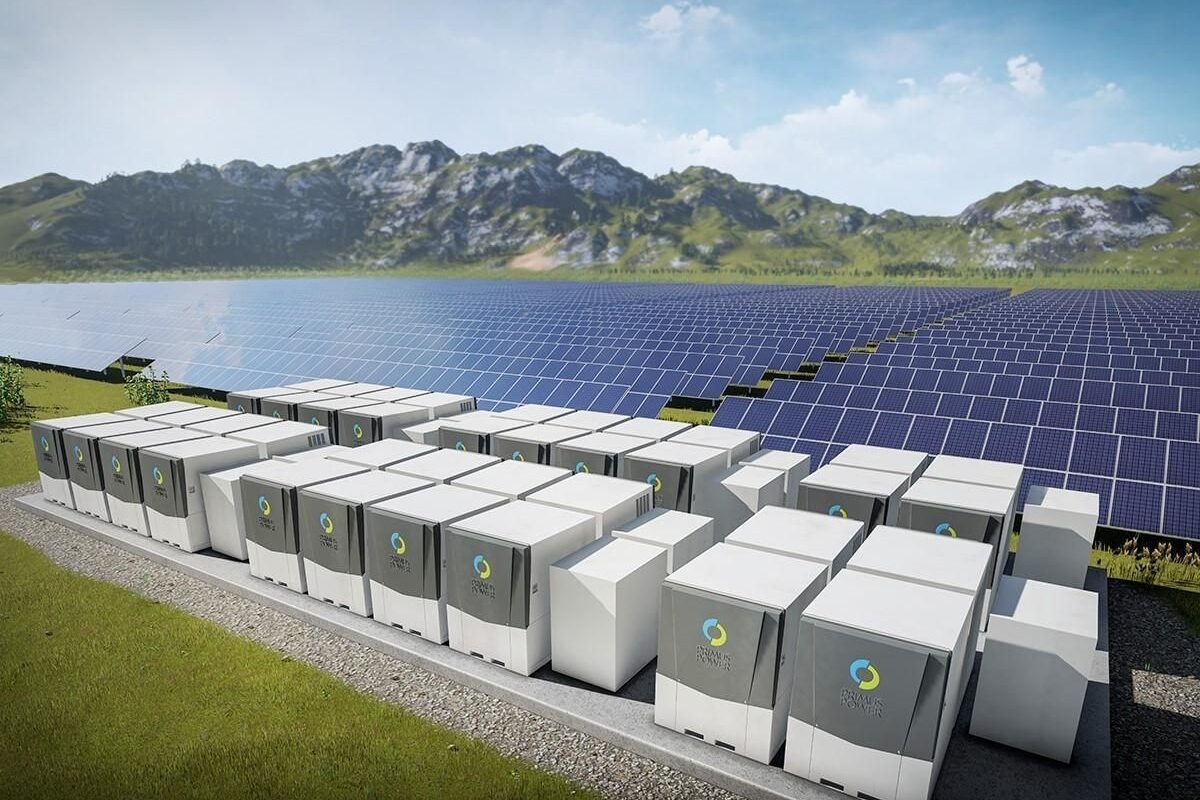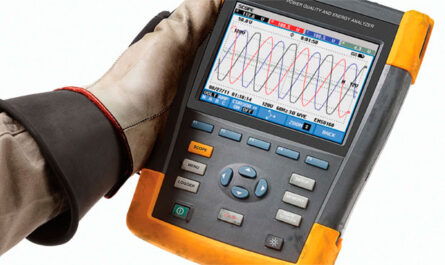The Stationary Energy Storage Market is estimated to be valued at US$ 35.17 Bn in 2022 and is expected to exhibit a CAGR of 23.64% over the forecast period 2023 to 2030, as highlighted in a new report published by Coherent Market Insights.
Market Overview:
The stationary energy storage market plays a vital role in facilitating the integration of renewable energy sources into existing power grids. Products like lithium-ion batteries allow for cost-effective energy storage from solar and wind power during periods of low demand. They are also being adopted across commercial and industrial facilities to provide backup power and reduce electricity costs through demand management.
Market Dynamics:
The growth of the stationary energy storage market is driven by supportive government policies and regulations encouraging the deployment of renewable energy as well as energy storage infrastructure. In many countries, renewable portfolio standards and net metering programs have boosted investments in solar and wind power generation. This has highlighted the need for stationary energy storage systems that can store excess renewable energy and release it when supply from solar panels or wind turbines diminishes. Meanwhile, the declining costs of lithium-ion batteries are also making stationary energy storage systems more economically viable compared to diesel generators traditionally used for backup power. Battery prices fell over 80% between 2010 to 2019, helping boost demand across both residential and non-residential applications.
Market Key Trends:
The stationary energy storage market is witnessing growing demand for large-scale energy storage solutions around the world. Lithium-ion batteries are increasingly becoming the preferred technology for stationary energy storage due to their higher energy density and longer life cycle compared to lead-acid batteries. Moreover, reducing battery costs are further driving the adoption of lithium-ion technology in stationary energy storage applications across industrial, commercial & residential sectors. Additionally, supportive government policies and regulations promoting clean energy are creating opportunities for stationary energy storage systems with renewable sources like solar and wind power.
SWOT Analysis:
Strength: Lithium-ion battery technology offers higher efficiency and flexibility.
Weakness: high initial investment requirements for large-scale stationary storage projects.
Opportunity: increasing investments in integrating renewable energy with energy storage solutions.
Threats: The availability of cheaper alternate battery technologies can hamper lithium-ion battery demand.
Key Takeaways:
The global stationary energy storage market is expected to witness high growth, exhibiting a CAGR of 23.64% over the forecast period, due to the increasing integration of renewable energy sources like solar and wind power with energy storage solutions. Stationary energy storage helps address the intermittent nature of these renewable resources.
Regional analysis:
The North American region currently dominates the global market due to favorable government policies promoting clean energy adoption in the US, Canada, and Mexico. Asia Pacific region is expected to grow at the fastest pace during the forecast period with China and Japan emerging as high-growth markets for stationary energy storage.
Key players:
Key players operating in the stationary energy storage market are Tesla, Duracell Power Center, Durapower Group, Contemporary Amperex Technology Co., Limited (CATL), and Toshiba Corporation. Tesla is a leading player with its mega battery projects across regions. CATL is growing rapidly as a lithium-ion battery supplier to the stationary storage industry.
*Note:
1. Source: Coherent Market Insights, Public sources, Desk research
2. We have leveraged AI tools to mine information and compile it


